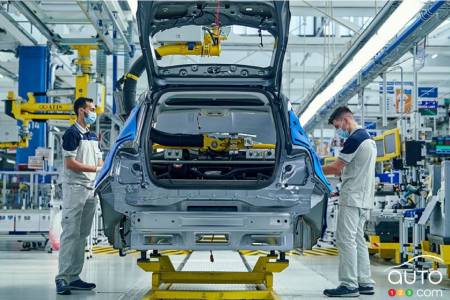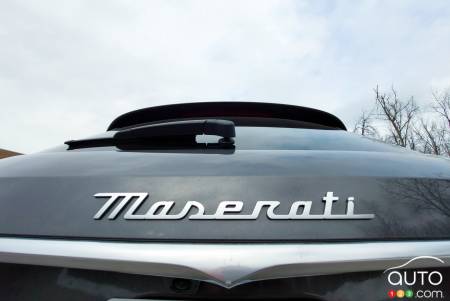After months of tensions with the Italian government, Stellantis has announced a massive 2 billion euro investment to strengthen its Italian operations. The decision, which marks a turning point in relations between the automaker and the state, is aimed at modernizing local plants and preparing for the arrival of new electrified and hybrid models.
Three new Alfa Romeo models at Cassino
The Cassino plant will host the production of three large-scale Alfa Romeo models. From 2024, the new-generation Stelvio and the replacement for the Giulia (expected in 2026) will be assembled here. Both vehicles will be offered in electric and hybrid versions.
In addition, an as-yet-unidentified flagship model will be added to the Alfa Romeo range.

Pomigliano D'Arco, Melfi and Mirafiori: key sites
Pomigliano D'Arco will produce two compact models on the STLA Small platform from 2028. The current Fiat Panda will continue production until 2030 before being replaced by a new generation.
The Melfi plant will focus on hybrid and electric versions of the Jeep Compass, Lancia Gamma fastback and DS 7.
It will also host production of the DS 8 all-electric model.
At Mirafiori, the Fiat 500 hybrid will be assembled starting in 2026, with a commitment to production until 2032 or 2033. Production of electrified dual-clutch transmissions will also increase at that site, from 600,000 to 900,000 units per year.

Maserati and high-end vehicles
Stellantis confirmed the Maserati plant in Modena will be transformed into a hub dedicated to the Group's high-end vehicles. This repositioning reflects a desire to reinforce the image of luxury and performance associated with the Italian brand.
Utility vehicles and an electric future
The Atessa plant will continue to produce electric vans, with a new generation scheduled for 2027. Stellantis also reassured on the strategic role of the Turin facilities, which will remain the headquarters of Fiat activities.
A future without public subsidies
Jean-Philippe Imparato, European Director of Stellantis, made it clear that the Group will not need public funds for its investments. Although the fiscal headquarters will remain in the Netherlands, Stellantis reaffirms its commitment to the Italian market through this series of ambitious announcements.
The final word
With this investment, Stellantis is taking steps to modernize its Italian operations while strengthening its portfolio of electric and hybrid vehicles. Moreover, the promise to keep all plants operational will certainly reassure the social partners.






